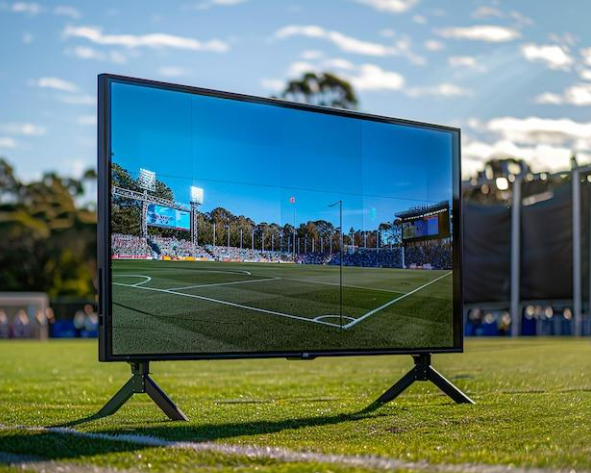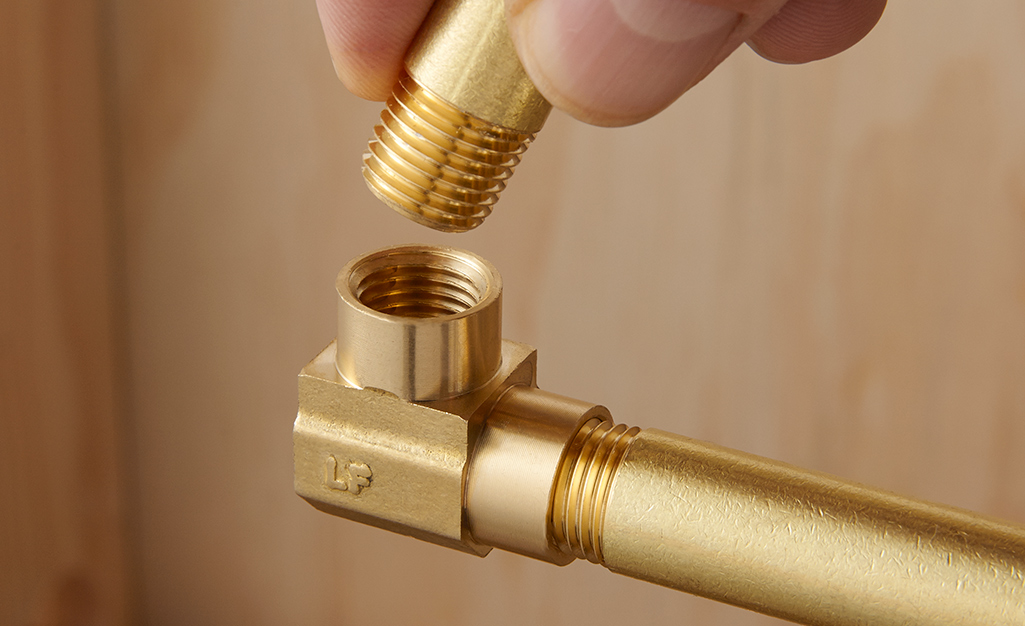Installing an LED Outdoor Video Screen: What You Need to Know

LED outdoor video screens have become a popular choice for businesses, event organizers, and public institutions due to their vibrant display capabilities and versatility. These screens can transform any outdoor space into a dynamic visual experience, whether for advertising, entertainment, or information dissemination. However, installing an LED outdoor video screen requires careful planning and consideration of various factors to ensure optimal performance and longevity. Here’s what you need to know.
Choosing the Right Location
The location of your LED outdoor video screen is crucial. It must be visible to your target audience, yet accessible for maintenance. Consider high-traffic areas where the screen will attract the most attention. Ensure the location is structurally sound to support the weight of the screen and resistant to environmental factors such as wind and rain.
Assessing the Environmental Conditions
LED outdoor video screens are designed to withstand various weather conditions, but it’s essential to choose a screen with the right specifications for your environment. Consider the following:
Brightness: Outdoor screens need to be bright enough to be seen in direct sunlight. Look for screens with a high nit rating (a measure of brightness) to ensure visibility at all times.
Weather Resistance: Ensure the screen has a high IP (Ingress Protection) rating, which indicates its resistance to dust and water.
Temperature Range: Check the operating temperature range of the screen to ensure it can handle the local climate, whether extremely hot or cold.
Determining the Right Size and Resolution
The size and resolution of your LED outdoor video screen should be determined by the viewing distance and the content you plan to display. For larger audiences or long-distance viewing, a bigger screen with a higher resolution will provide a better visual experience. However, for closer viewing, a smaller screen with a higher pixel density (more pixels per inch) may be more appropriate.
Power Supply and Connectivity
Outdoor video screens require a stable power supply to function correctly. Ensure that the installation site has access to a reliable electrical source capable of supporting the screen’s power requirements. Additionally, consider the connectivity options for the screen. Many modern LED screens offer wireless connectivity, but a wired connection might be more reliable in some environments.
Mounting and Installation
Proper mounting is crucial for the stability and safety of your LED outdoor video screen. The mounting structure should be robust and designed to withstand environmental factors like wind and rain. Professional installation is highly recommended to ensure the screen is securely mounted and aligned correctly. The installation process typically involves:
Site Assessment: Evaluating the installation site for structural integrity and access to power and connectivity.
Structural Engineering: Designing a mounting structure that can support the screen and withstand environmental stresses.
Screen Installation: Attaching the screen to the mounting structure, connecting power and data cables, and configuring the screen for optimal performance.
Content Management
Once the LED outdoor video screens is installed, you need a plan for managing the content displayed. Content management systems (CMS) allow you to schedule and update content remotely, ensuring your screen always shows relevant and engaging information. When choosing a CMS, consider features like:
Ease of Use: The system should be user-friendly, allowing you to easily upload and schedule content.
Flexibility: The ability to support various media formats, such as images, videos, and live feeds.
Remote Access: The capability to manage content from anywhere, which is particularly useful for screens located in hard-to-reach areas.
Maintenance and Support
Regular maintenance is essential to keep your LED outdoor video screen in optimal condition. Establish a maintenance schedule that includes:
Cleaning: Regularly clean the screen to remove dust and debris that can affect visibility.
Inspections: Periodically inspect the screen and mounting structure for signs of wear or damage.
Software Updates: Keep the screen’s firmware and CMS software up to date to ensure compatibility and performance.
Having a support plan in place is also crucial. Choose a provider that offers reliable customer support and service agreements, ensuring any issues are promptly addressed.
Final Thoughts
Installing an LED outdoor video screen is a significant investment that can provide substantial returns through enhanced visibility and engagement. By carefully considering factors like location, environmental conditions, size, resolution, power supply, mounting, content management, and maintenance, you can ensure your screen delivers the best possible performance and longevity. With the right planning and support, your LED outdoor video screen will be a valuable asset for years to come.






